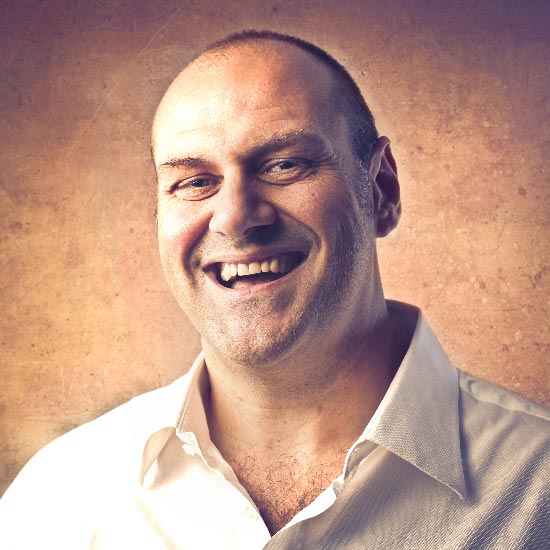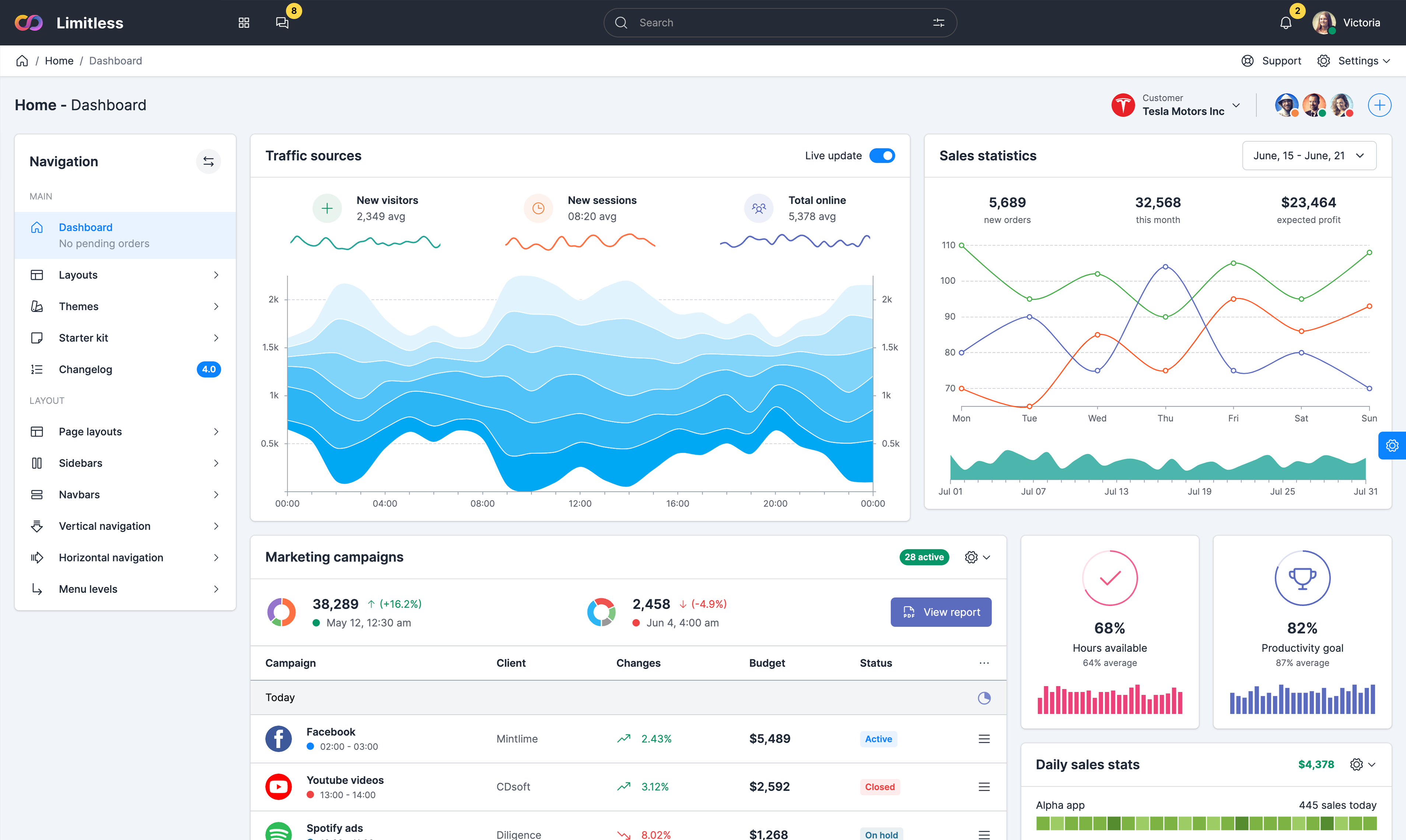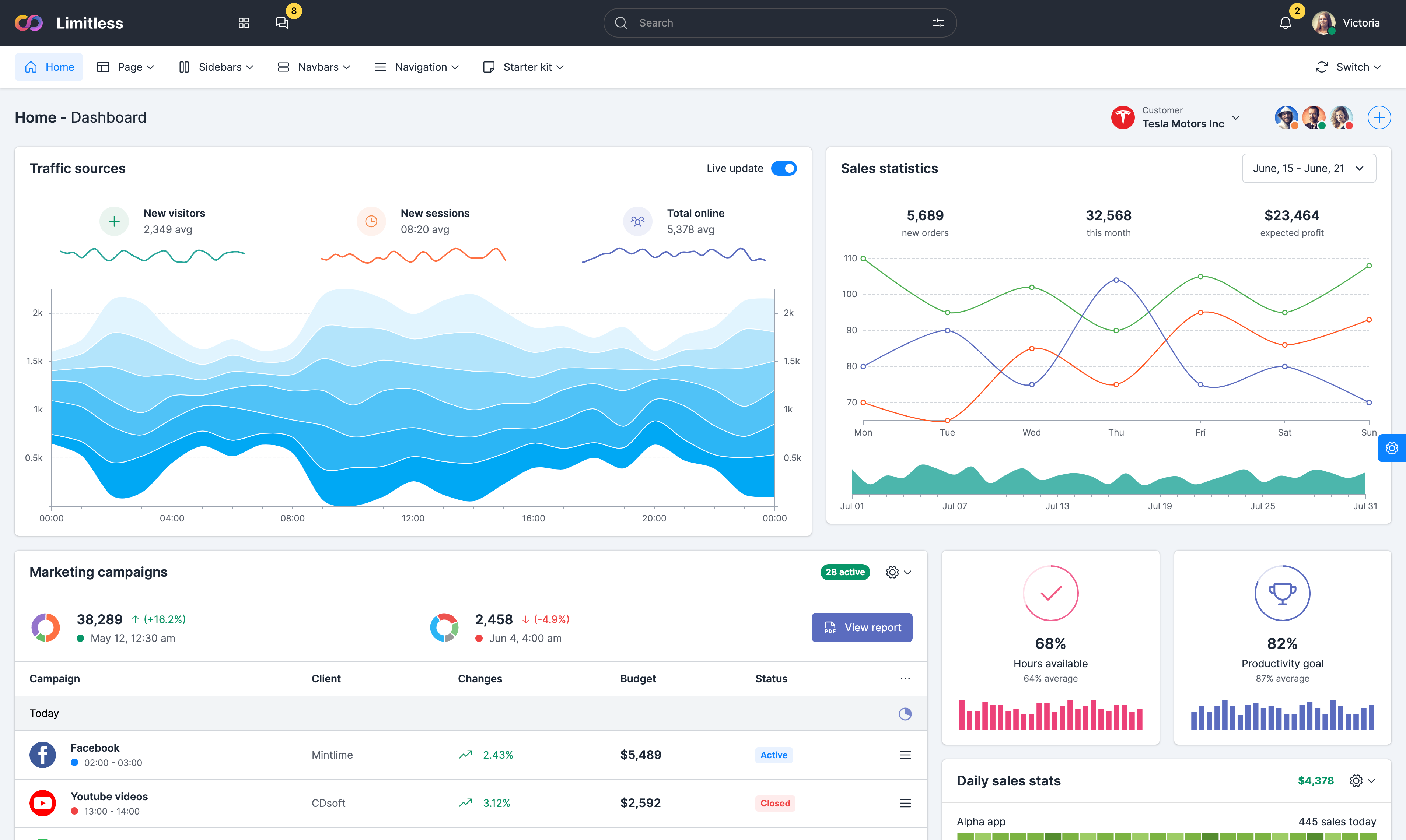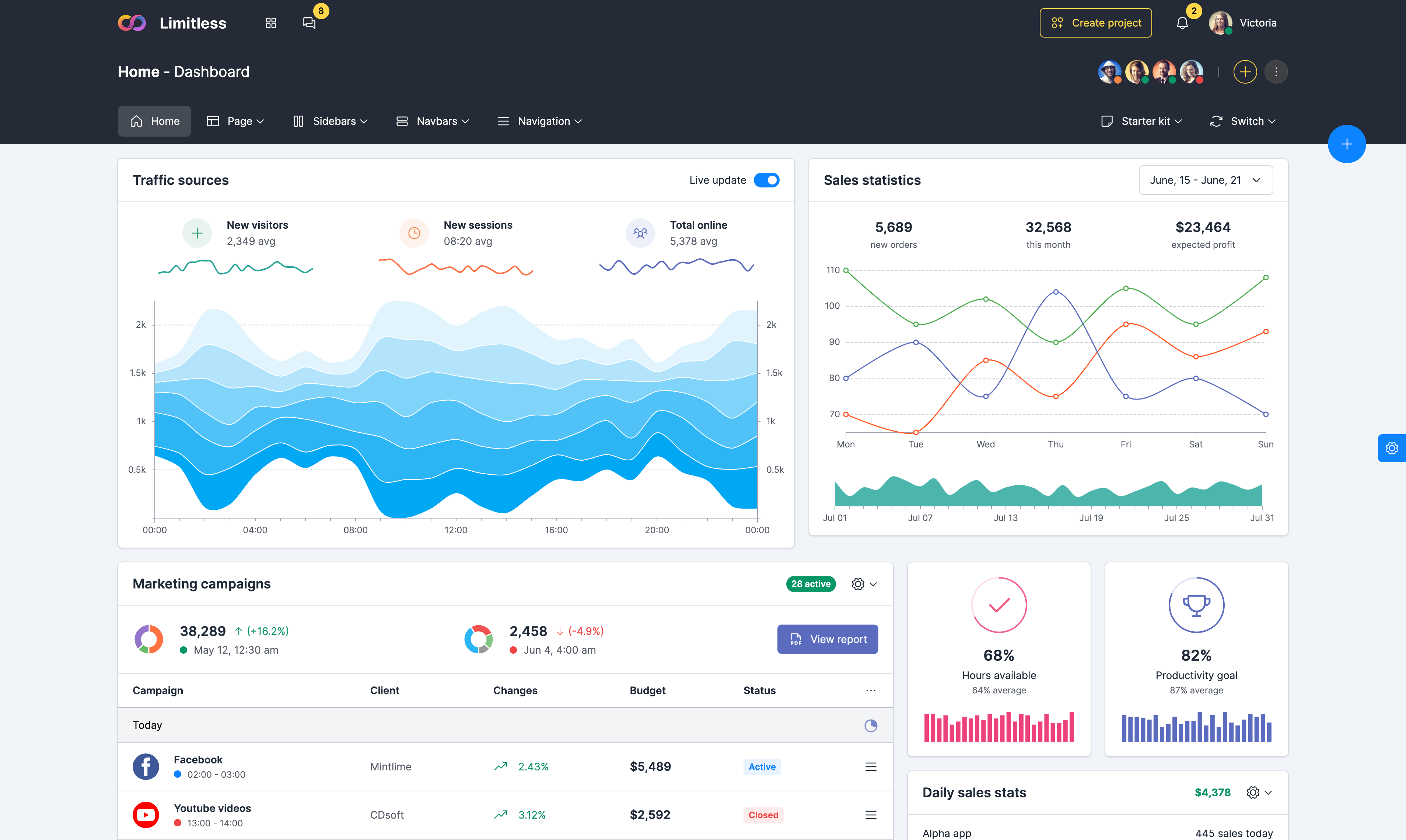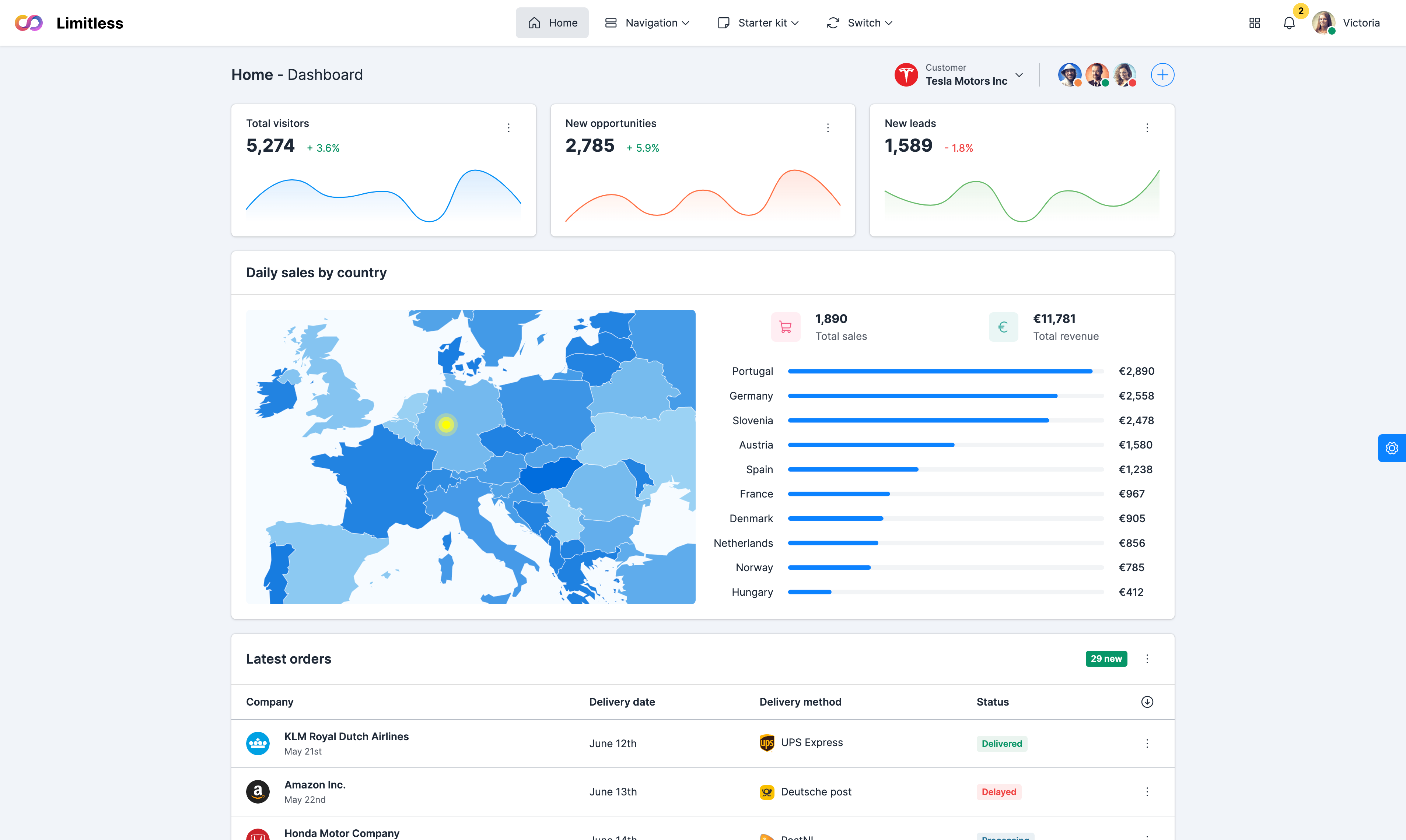Basic example
Apollo 11
Apollo 11 was the spaceflight that landed the first humans, Americans Neil Armstrong and Buzz Aldrin, on the Moon on July 20, 1969, at 20:18 UTC. Armstrong became the first to step onto the lunar surface 6 hours later on July 21 at 02:56 UTC.
Armstrong spent about three and a half two and a half hours outside the
spacecraft, Aldrin slightly less; and together they collected 47.5 pounds
(21.5 kg) of lunar material for return to Earth. A third member of the mission,
Michael Collins, piloted the command spacecraft
alone in lunar orbit until Armstrong and Aldrin returned to it for the trip back to
Earth.
Technical details
Launched by a Saturn V rocket from Kennedy Space Center in Merritt Island, Florida on July 16, Apollo 11 was the fifth manned mission of NASA's Apollo program. The Apollo spacecraft had three parts:
- Command Module with a cabin for the three astronauts which was the only part which landed back on Earth
- Service Module which supported the Command Module with propulsion, electrical power, oxygen and water
- Lunar Module for landing on the Moon.
After being sent to the Moon by the Saturn V's upper stage, the astronauts separated the spacecraft from it and travelled for three days until they entered into lunar orbit. Armstrong and Aldrin then moved into the Lunar Module and landed in the Sea of Tranquility. They stayed a total of about 21 and a half hours on the lunar surface. After lifting off in the upper part of the Lunar Module and rejoining Collins in the Command Module, they returned to Earth and landed in the Pacific Ocean on July 24.
Source: Wikipedia.org
Full featured example
Apollo 11
Apollo 11 was the spaceflight that landed the first humans, Americans Neil Armstrong and Buzz Aldrin, on the Moon on July 20, 1969, at 20:18 UTC. Armstrong became the first to step onto the lunar surface 6 hours later on July 21 at 02:56 UTC.
Armstrong spent about three and a half two and a half hours outside the
spacecraft, Aldrin slightly less; and together they collected 47.5 pounds
(21.5 kg) of lunar material for return to Earth. A third member of the mission,
Michael Collins, piloted the command spacecraft
alone in lunar orbit until Armstrong and Aldrin returned to it for the trip back to
Earth.
Technical details
Launched by a Saturn V rocket from Kennedy Space Center in Merritt Island, Florida on July 16, Apollo 11 was the fifth manned mission of NASA's Apollo program. The Apollo spacecraft had three parts:
- Command Module with a cabin for the three astronauts which was the only part which landed back on Earth
- Service Module which supported the Command Module with propulsion, electrical power, oxygen and water
- Lunar Module for landing on the Moon.
After being sent to the Moon by the Saturn V's upper stage, the astronauts separated the spacecraft from it and travelled for three days until they entered into lunar orbit. Armstrong and Aldrin then moved into the Lunar Module and landed in the Sea of Tranquility. They stayed a total of about 21 and a half hours on the lunar surface. After lifting off in the upper part of the Lunar Module and rejoining Collins in the Command Module, they returned to Earth and landed in the Pacific Ocean on July 24.
Source: Wikipedia.org
Placeholder
placeholder config option. To show some content
by default, simply add it in your <div> container where Quill is
initialized. Placeholder style can be edited in CSS, in .ql-blank class.
Placeholder gets overridden also when editor already has some content on load, so it's
recommended to always have placeholder enabled.
Scrollable editor
scrollingContainer option to .quill-scrollable-container and wrap
main Quill container in <div class="quill-scrollable-container" />. It will
limit maximum height of content area to 20rem and add a scrollbar when height
reaches the limit.
Apollo 11
Apollo 11 was the spaceflight that landed the first humans, Americans Neil Armstrong and Buzz Aldrin, on the Moon on July 20, 1969, at 20:18 UTC. Armstrong became the first to step onto the lunar surface 6 hours later on July 21 at 02:56 UTC.
Armstrong spent about three and a half two and a half hours outside the
spacecraft, Aldrin slightly less; and together they collected 47.5 pounds
(21.5 kg) of lunar material for return to Earth. A third member of the mission,
Michael Collins, piloted the command spacecraft
alone in lunar orbit until Armstrong and Aldrin returned to it for the trip back to
Earth.
Technical details
Launched by a Saturn V rocket from Kennedy Space Center in Merritt Island, Florida on July 16, Apollo 11 was the fifth manned mission of NASA's Apollo program. The Apollo spacecraft had three parts:
- Command Module with a cabin for the three astronauts which was the only part which landed back on Earth
- Service Module which supported the Command Module with propulsion, electrical power, oxygen and water
- Lunar Module for landing on the Moon.
After being sent to the Moon by the Saturn V's upper stage, the astronauts separated the spacecraft from it and travelled for three days until they entered into lunar orbit. Armstrong and Aldrin then moved into the Lunar Module and landed in the Sea of Tranquility. They stayed a total of about 21 and a half hours on the lunar surface. After lifting off in the upper part of the Lunar Module and rejoining Collins in the Command Module, they returned to Earth and landed in the Pacific Ocean on July 24.
Return
Eagle rendezvoused with Columbia at 21:24 UTC on July 21, and the two docked at 21:35. Eagle's ascent stage was jettisoned into lunar orbit at 23:41. Just before the Apollo 12 flight, it was noted that Eagle was still likely to be orbiting the Moon. On July 23, the last night before splashdown, the three astronauts made a television broadcast in which Collins commented:
... The Saturn V rocket which put us in orbit is an incredibly complicated piece of machinery, every piece of which worked flawlessly ... We have always had confidence that this equipment will work properly. All this is possible only through the blood, sweat, and tears of a number of people ... All you see is the three of us, but beneath the surface are thousands and thousands of others, and to all of those, I would like to say, "Thank you very much."
Source: Wikipedia.org

